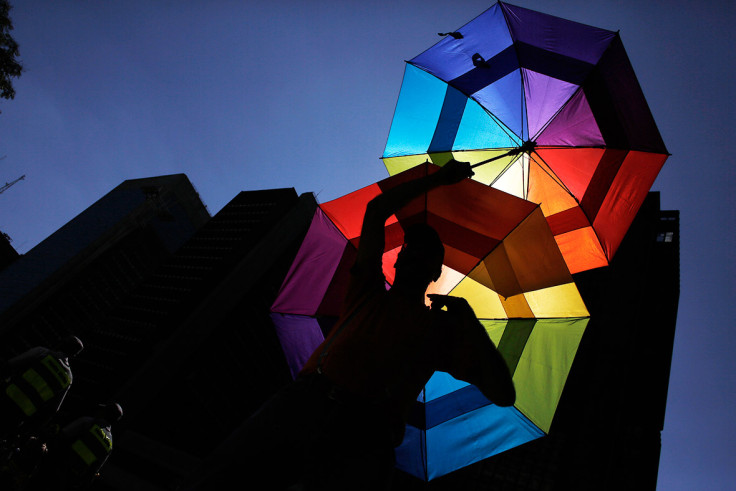Transgender Day of Visibility: A guide to non-binary terminology and how to use it

Today (31 March 2016) is the International Trangender Day of Visibility – a day to celebrate and recognise the rights of transgender people and raise awareness of the challenges they face in society. The world has a long way to go to attain equality for transgender people. In the US, public toilets have become a key battleground in the fight for equal rights, with many trans people saying that conventional bathrooms are a breeding ground for abuse and sexual harassment.
In Britain, a transgender equality-inquiry report published in January 2016 revealed "high levels of transphobia" and highlighted a number of systematic failings that undermine living standards, physical and mental health, careers and incomes.
A key issue is the incorrect use of non-binary and transgender terminology, including pronouns, which can be discriminatory – whether intentional or not. So which terms are used and what is appropriate?
Transgender
This is an umbrella term for people whose gender identity – a person's internal, personal sense of being a man or a woman, or someone outside of that gender binary – or gender expression differs from their assigned sex at birth. People in the transgender community may describe themselves using one or more of a wide variety of terms. It is important to always use the term preferred by the individual.
The organisation Gender Identity Research and Education Society (GIRES), states: "'Trans men' are those born with female appearance but identifying as men; and those born with male appearance but identifying as women may be referred to as 'trans women'. The terms may also be used to imply a direction of travel, towards a more masculine or feminine gender expression, rather than a complete transformation of a person's gender status.
"Many trans people, having transitioned permanently, prefer to be regarded as ordinary men and women, and therefore, cisgender. In these cases, where it becomes essential to refer to their pre-transition status, the phrase 'woman (or man) of trans history' may be used."
Non-binary
Non-binary is a term used to describe people who do not feel male or female – and who may feel like both, neither or inbetween. Some people may not relate to a gender at all, or have a gender that changes over a period of time.
Cisgender
A term used by some to describe people who are not transgender. The prefix cis is Latin for "on this side of", whereas trans means "on the side of". A more widely understood phrase used to describe people who are not transgender is non-transgender people.
Gender variance
This is a term that is increasingly used to describe all variation from expected gender norms. It serves to acknowledge that people experience their gender as more socially and biologically diverse than is often assumed. The term 'gender fluid' applies to someone whose gender identity changes over time.
Gender non-conforming
A term used to describe some people whose gender expression is different from conventional expectations of masculinity and femininity. Not all gender non-conforming people identify as transgender, and not all transgender people gender non-conforming.
Transition
This is the period in which a person begins to live as the gender with which they identify with, rather than the gender they were assigned at birth. Transitioning may or may not include social, medical and legal aspects, such as taking hormones, having surgery or changing identity documents. Medical and legal steps are often difficult for people to afford. Trans Media Watch states: "The target gender should always be used when describing transition, for instance: 'John is transitioning from female to male'."

Transvestite
This term describes someone who wears the clothing attributed to a gender different to the one they were assigned at birth but does not usually experience the requirement to live permanently in that gender role.
Drag queen or drag king
A drag queen or king is a person whose presentation, in clothing associated with a gender different to the one they were assigned at birth, is typically performance-led.
Intersex
Intersex is a term that refers to someone whose anatomy or genetics at birth – the X and Y chromosomes that are usually XX for women and XY for men – do not correspond to the typical expectations for either sex.
Gender dysphoria
Gender dysphoria is defined by the NHS as "a condition where a person experiences discomfort or stress because there is a mismatch between their biological sex and gender identity". It adds: "Biological sex is assigned at birth, depending on the appearance of the genitals. Gender identity is the gender that a person 'identifies' with or feels themselves to be."
Glossaries
Transgender activists acknowledge this is a complex area and although these terms are used widely in Britain, they may not apply to all people and situations. For more information on the breakdown of terminology, several organisations and charities have compiled glossaries, including Trans Media Watch, GLAAD and GIRES.
© Copyright IBTimes 2025. All rights reserved.






















